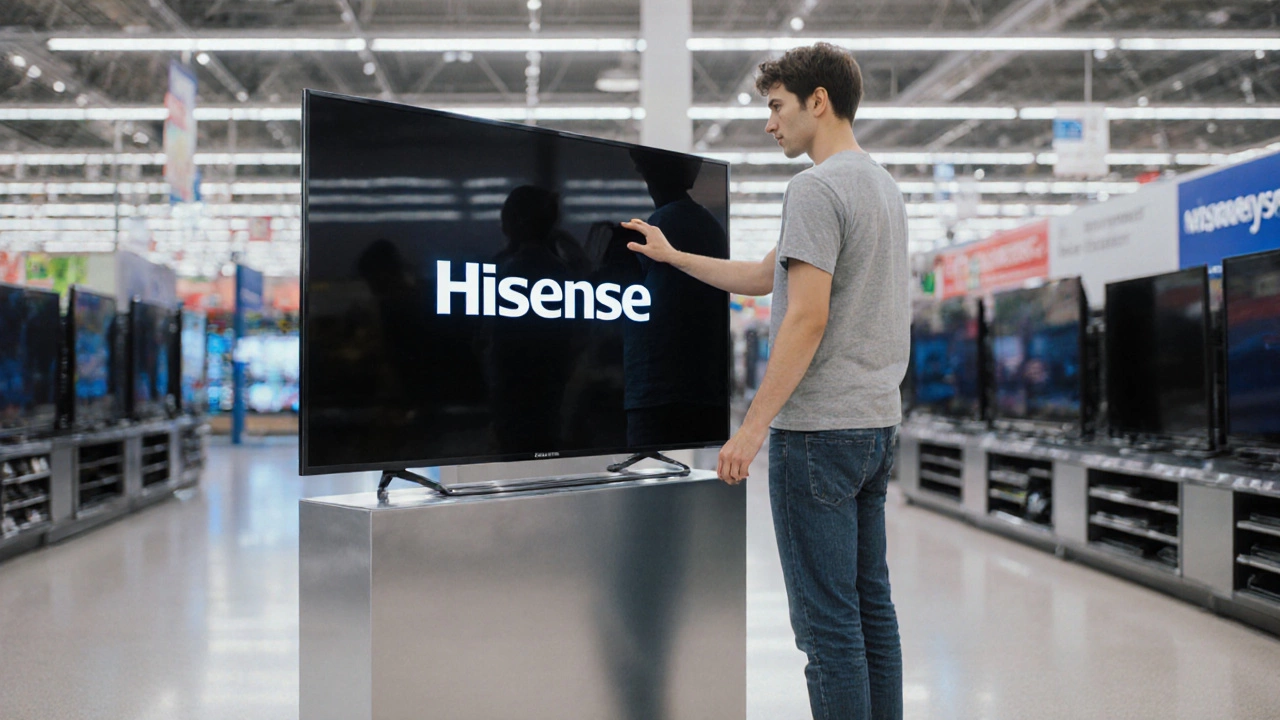When hunting for a best budget TV, an affordable television that still offers solid picture quality, useful smart features, and reliable performance. Also known as budget-friendly TV, it’s the sweet spot between price and experience for shoppers who want value over flash.
One of the first things to understand is the role of OLED TV, a display technology that delivers deep blacks and vivid colors but usually carries a premium price tag. For a true budget pick, most shoppers turn to QLED TV, a quantum‑dot LED screen that offers bright images and decent contrast while staying more affordable than OLED. Both technologies influence how you evaluate picture performance, yet a 4K TV, a television with a resolution of 3840×2160 pixels, has become the baseline expectation for most budget models because the price gap has narrowed dramatically.
Choosing the best budget TV isn’t just about the sticker price. You need to weigh screen size against room dimensions, check the refresh rate if you watch sports or gaming, and see if the smart platform supports the apps you love. A reliable smart TV should include built‑in Wi‑Fi, a user‑friendly interface, and regular firmware updates – all of which keep the device secure and functional over time. HDR support is another practical attribute; even entry‑level HDR can boost contrast and color depth without adding much cost.
Brands matter, too. In the UK market, manufacturers like Samsung, LG, and Sony often release entry‑level lines that pack many flagship features at a lower price. Meanwhile, newer players such as Hisense and TCL have gained a reputation for delivering solid picture quality at aggressive prices. When you compare two models, look at attributes such as warranty length, after‑sales service, and whether the TV includes a remote that supports voice control – features that add real convenience without inflating the price.
Another practical angle is connectivity. A good budget TV should have at least two HDMI ports, one of which supports 4K@60Hz if you plan to connect a gaming console or a streaming stick. Our recent guide on “How to Tell if an HDMI Cable Is 4K” shows why the right cable matters: you won’t get full resolution or smooth motion if the cable can’t keep up. Similarly, checking for USB ports, Bluetooth, and an Ethernet jack can future‑proof your setup.
Finally, don’t overlook energy consumption. Smaller or mid‑size models often use less power, but technology like LED backlighting and power‑saving modes can make even larger screens efficient. If you’re conscious about your electricity bill, compare the annual energy use listed in the specifications – it’s a small number that adds up over years.
All of these topics—screen tech, smart platforms, brand reputation, connectivity, and energy use—are covered across our curated articles below. You’ll find deep dives into TV brand comparisons, HDMI cable checks, and real‑world performance tests that together paint a complete picture of what makes a TV the best budget choice in 2025. Dive in and discover the exact models and tips that match your living‑room needs.

A detailed review of Hisense TVs covering picture quality, smart features, reliability, pricing, and how they compare to Samsung, LG, and Sony.